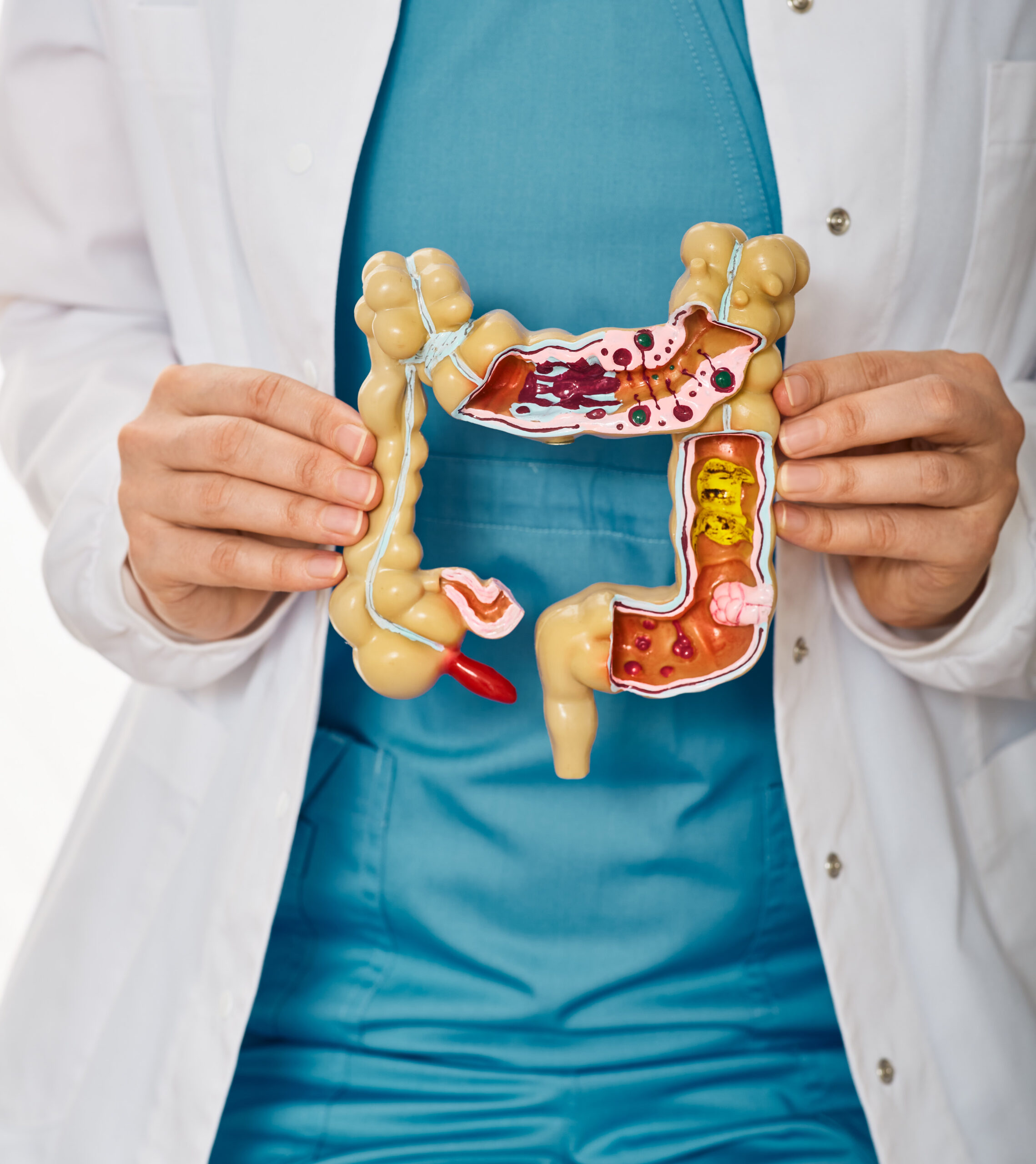Bowel Endometriosis: Understanding Symptoms, Causes, Diagnosis, and Treatment

By the Endometriosis Alliance
What Is Bowel Endometriosis?
Endometriosis is a chronic, often painful condition where tissue similar to the lining of the uterus grows outside of it.
When these growths affect the intestines, it’s called bowel endometriosis.
Bowel endometriosis most commonly involves the rectum and sigmoid colon — parts of the large intestine.
It can sit on the surface (superficial) or grow deeper into the bowel wall (deep infiltrating endometriosis, or DIE).
Depending on the severity, bowel endometriosis can lead to a wide range of gastrointestinal symptoms and may require specialized treatment.
Signs and Symptoms to Watch For
The symptoms of bowel endometriosis can often mimic other digestive conditions, which is why it’s frequently misdiagnosed.
Some of the most common symptoms include:
- Painful bowel movements, especially during periods
- Bloating, cramping, or abdominal pain
- Constipation or diarrhea
- Rectal bleeding with menstruation (less common)
- Pelvic pain that worsens during menstruation
- Pain during or after sex
- Nausea and fatigue
- Urinary symptoms like difficulty urinating
It’s important to remember: symptoms can vary from person to person, and not everyone with bowel endometriosis will experience digestive issues.
How Bowel Endometriosis Is Diagnosed
Getting an accurate diagnosis takes time and expert care.
The process may include:
Medical History and Physical Exam
- Reviewing symptoms, family history, and past surgeries.
- A pelvic exam to check for tenderness, masses, or nodules.
Imaging Tests
- Transvaginal ultrasound to detect deeper lesions.
- MRI scans to provide detailed images of soft tissues, including the bowels.
- In some cases, a barium enema or CT scan might be used.
Laparoscopy
A minimally invasive surgery where a small camera is inserted into the abdomen.
This allows doctors to see and biopsy endometriosis lesions.
It’s considered the gold standard for diagnosing all types of endometriosis — including bowel involvement.
What Causes Bowel Endometriosis?
The exact cause of endometriosis is still not fully understood, but several factors likely contribute:
- Retrograde menstruation: Menstrual blood flows backward into the pelvic cavity.
- Genetic factors: A family history can increase your risk.
- Embryonic development issues: Cells in the wrong place from birth may later develop into endometriosis.
- Immune dysfunction and inflammation: The body’s immune response may play a role in disease progression.
It’s important to know: endometriosis is not caused by anything you did — and you did nothing wrong to “cause” bowel endometriosis.
Treatment Options for Bowel Endometriosis
Managing bowel endometriosis typically involves a combination of medical and surgical approaches, depending on the severity.
Medical Management
Doctors often start with treatments that help control pain and slow disease progression:
- NSAIDs (like ibuprofen) to manage inflammation and pain
- Hormonal therapy (such as birth control pills, progestin-only therapies, or GnRH medications) to suppress estrogen levels and reduce lesion activity
Hormonal therapies can be highly effective for symptom control — but they don’t remove existing lesions.
Surgical Management
When symptoms are severe, don’t respond to medication, or involve the bowel deeply, surgery may be recommended:
- Excision surgery: Removing endometriosis lesions precisely and thoroughly
- Bowel shaving: Removing surface lesions without cutting into the bowel wall
- Disc resection: Removing a small piece of the bowel wall
- Segmental bowel resection: Removing a section of the bowel when disease is extensive
In some cases, temporary creation of a stoma (colostomy) may be necessary to allow healing before reconnecting the bowel.
Expert surgical care matters. Outcomes are best when surgery is performed by highly trained excision specialists.
Living with Bowel Endometriosis
Bowel endometriosis can significantly affect your daily life, but there is hope.
With the right care team, tailored treatment plan, and support network, many people see significant improvements in their quality of life.
Treatment often includes a combination of surgery, medication, nutrition support, and mental health care.
Ongoing care is key — endometriosis is a chronic condition that requires long-term management, not just one-time treatment.
You Are Not Alone 💛
At the Endometriosis Alliance, we know how isolating it can feel to live with complex symptoms — but you don’t have to navigate it alone.
Through education, community support, and expert care, you can take back control of your health journey.